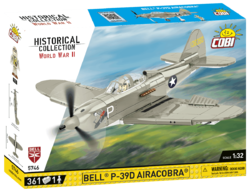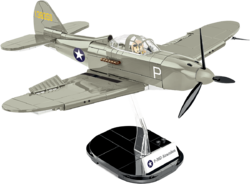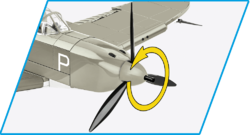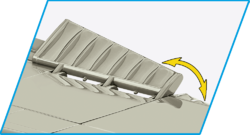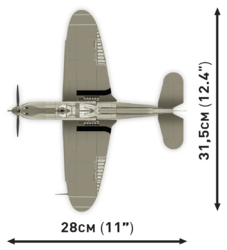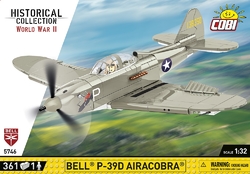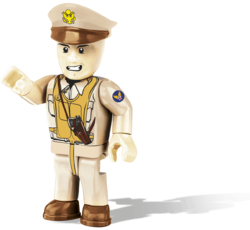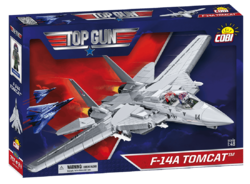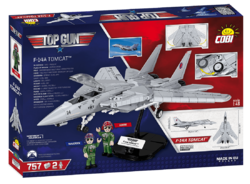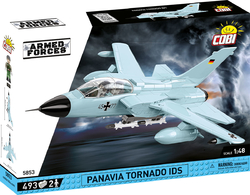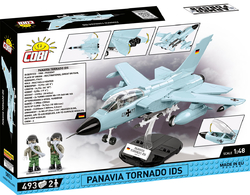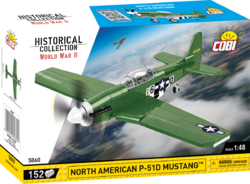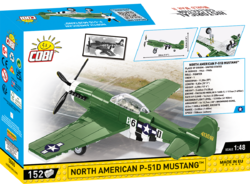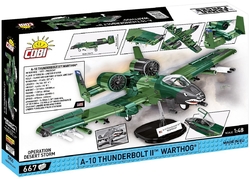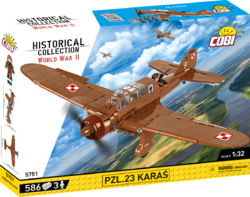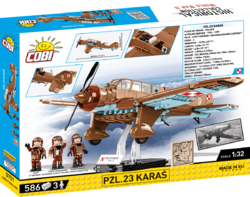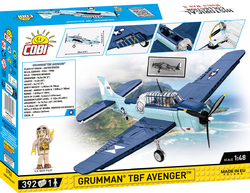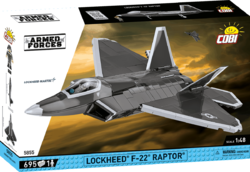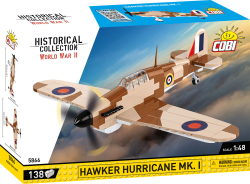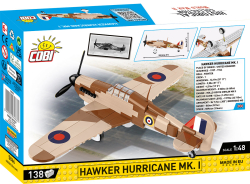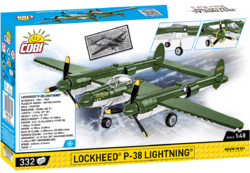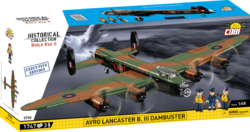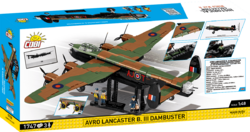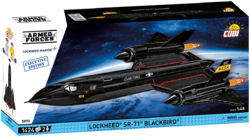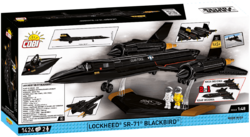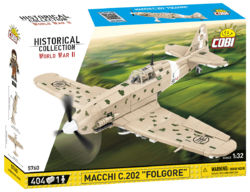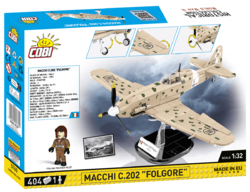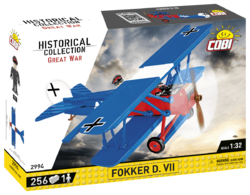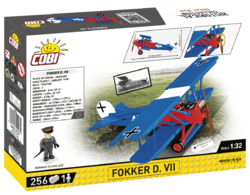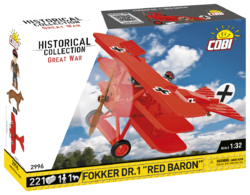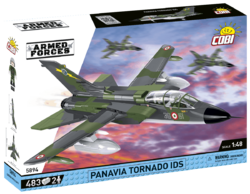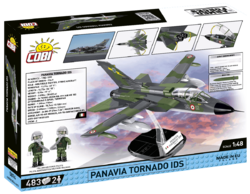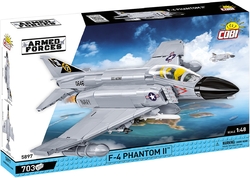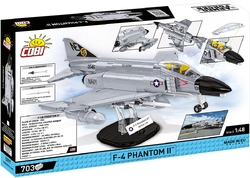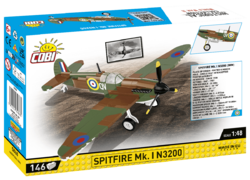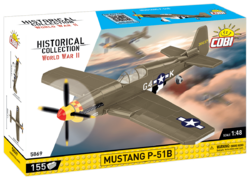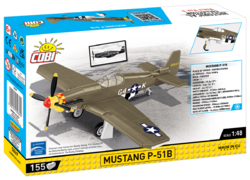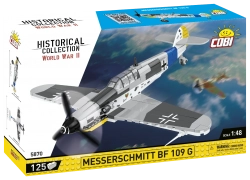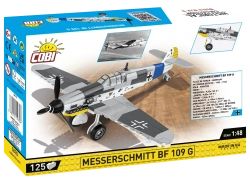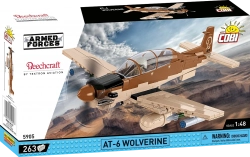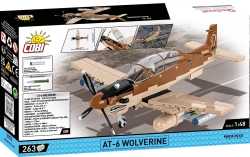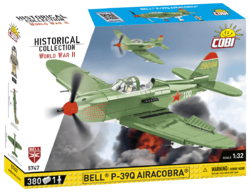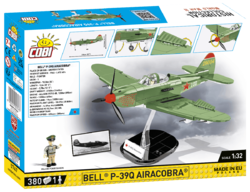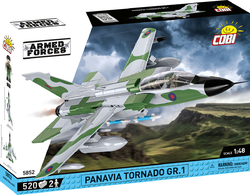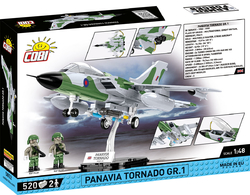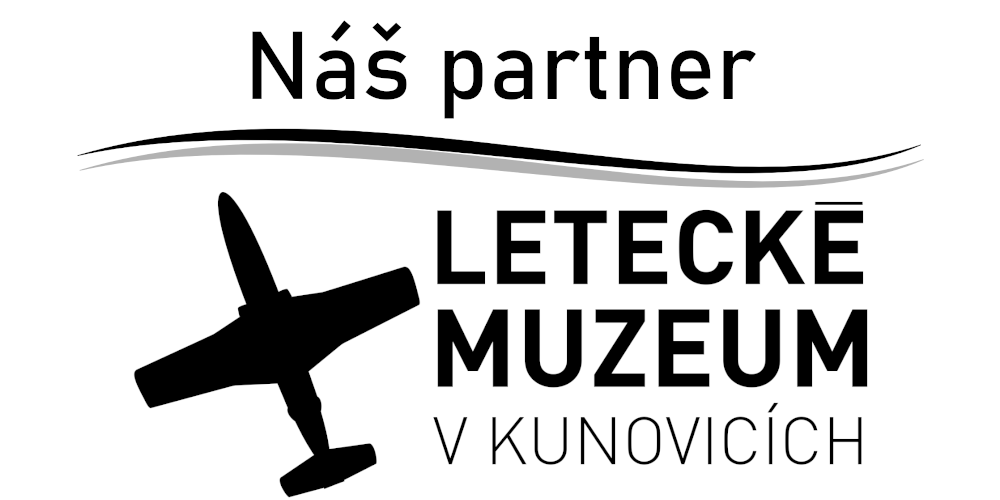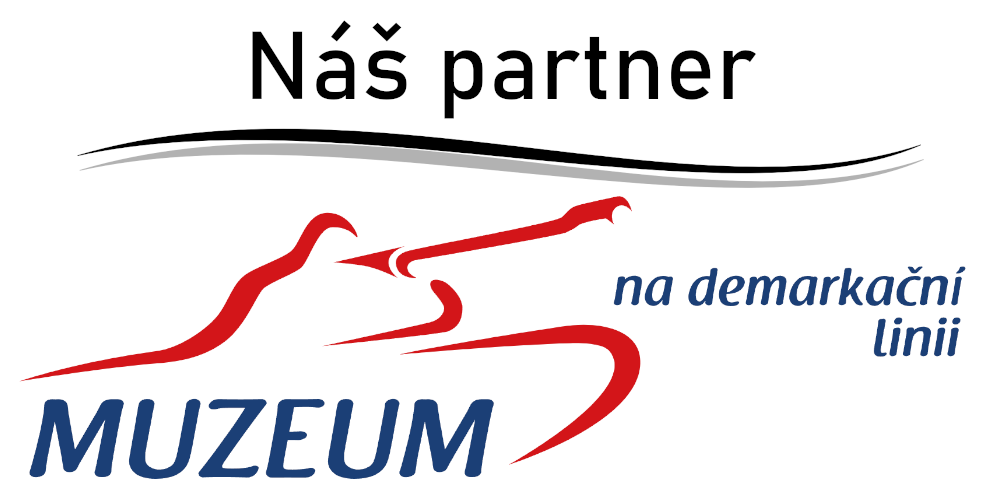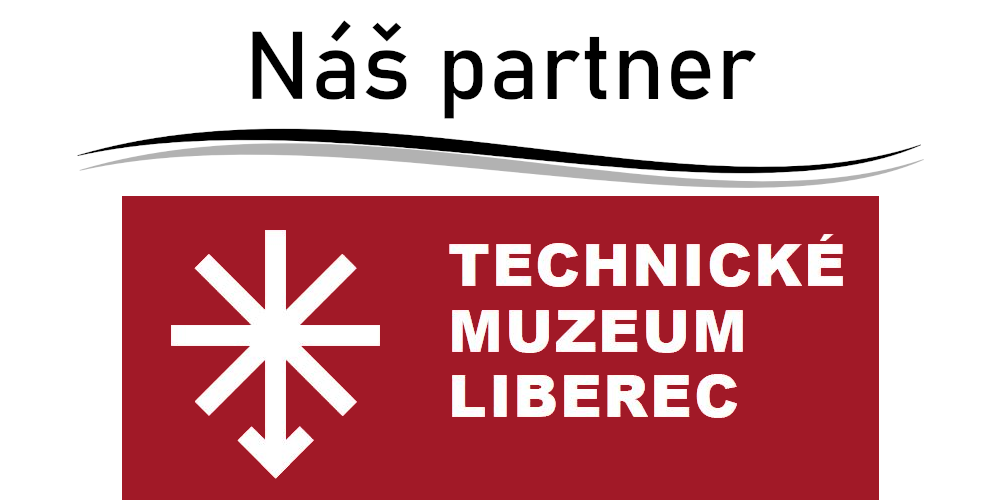Model kit of American fighter aircraft of unusual design Bell P-39D Airacobra in colors of USAF 35th Fighter Group. The assembled model has a rotatable propeller, adjustable control surfaces and a removable cockpit cover for comfortable seating of the 8th Squadron pilot figure nicknamed "The Black Panthers". The model can stand on its own chassis, or be stored safely in the included display stand.
Show more
0 %
(0 Ranking)
698 Kč
pcs
Add to Cart
In stock - ready to ship (3 pcs)
| List Number: | COBI-5746 |
| EAN: | 5902251057466 |
| Warranty: | 24 months |
| Manufacturer: | COBI |
| Loyalty Points: | 5 |
| Price excluding VAT: | 576,56 Kč |
Description
Parametres
Files and Links2
Discussion
Reviews

You know that:
- Great plane or a flop ? That's exactly the two camps their pilots were divided into. When designer Robert J. Woods finalized plans for Bell's first fighter, the XP-39, the machine's unusual design already had its supporters and detractors.
- The engine was mounted quite unconventionally behind the pilot's seat, and a long shaft was used to transmit the engine's power. This solution led to a good balance of the aircraft and enhanced manoeuvrability. The necessary armament could thus be installed in the empty nose.
- The landing gear was also non-standard, with a third landing gear wheel on the nose instead of the normal rear wheel or spur. Landing such a machine required much more experience.
- The first test flight took place on April 6, 1938 at Niagara falls airport. The tests showed good maneuverability, high speed, but also difficulties with the GE compressor.
- The first batches of aircraft were deployed in the Pacific, but were not very successful compared to the Japanese Zeros. Some sources even state that the P-39 was completely useless at altitudes above 5000 m.
- The situation was completely different on the eastern front. The Allies delivered nearly 5,000 aircraft to the Soviet Union, and Russian pilots were not eager to praise them. The difference was that on the eastern front the aircraft were used mainly to support ground troops and air combat was often at lower altitudes, and this is where the Airacobra was very good.
- Another reason was something that no technical tables can describe. The aircraft had a "fit" with the nature of Russian pilots. While machines like the P-51A Mustang or the Hurricane were too sophisticated for Russian pilots and conditions, the P-39 was a simple "forge" in comparison.
- About 9,584 were produced in several versions.
Technical parameters:
- dimensions: wingspan 10.36 m, length 9.2 m, height 3.61 m
- empty weight 2 480 kg
- take-off weight 3 530 kg
- power unit Allison V1710-35 twelve-cylinder fork engine with 845 kW
- maximum speed 592 km/h
- maximum flight level 9 785 m
- range 2 360 km (with additional tank)
- climb rate 19 m/s
- armament 1x Oldsmobile M4 cannon 37 mm calibre (30 rounds) + 4x Browning machine gun 7.62 mm calibre (4 000 rounds) + 200 kg bomb, or additional tank
From the memoirs of Soviet pilot Alexander Ivanovich Pokryshkin:
,,In 1943, we were rearmed from Yak-1s to American Airacobras under the Lend ans Lease programme. I was assigned aircraft number 100. It was a good companion, but it wasn't exactly a symbol for kills. I always tried to take advantage of the good maneuverability and sharp turns that only pilots with excellent physical condition could afford due to the overload. "
Assembly instructions
| Version (series) | 06/2023 |
|---|---|
| Number of figurines | 1 pcs |
| Scale | 1:32 |
| Dimensions after assembly | 31,5 x 28 x 10,5 cm |
| Box dimensions | 34 x 24 x 6 cm |
| Number of pieces | 361 pcs |
| Package weight | 545 g |
| Recommended age | 7+ |
| Contains luminous blocks | No |
| Material | Plastic |
| Collection | World War II |
| Compatible with other brand of kits | Yes |
Discussion is empty.
There is no review for product yet
Other categories
Last viewed products
You might be interested





















